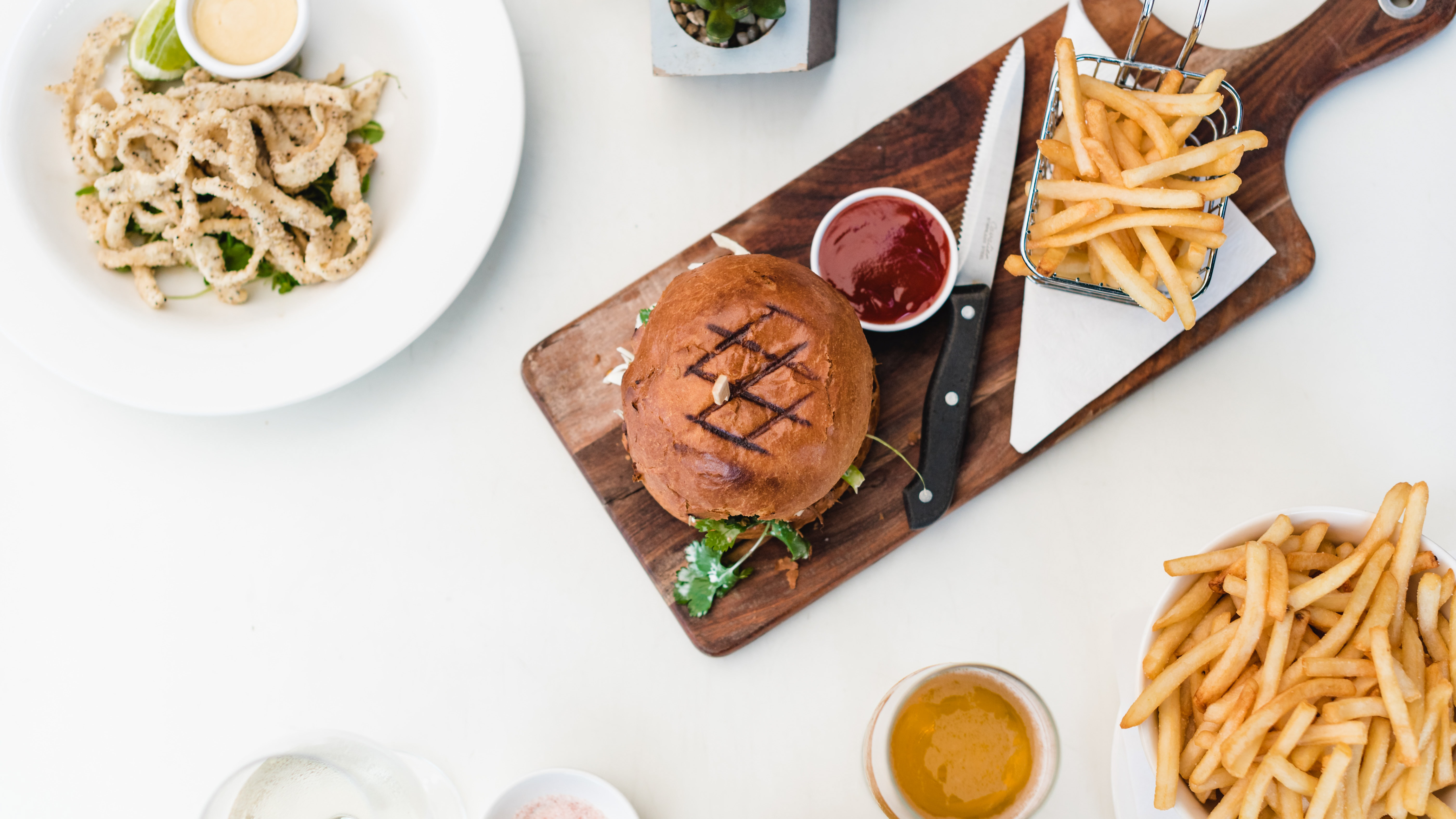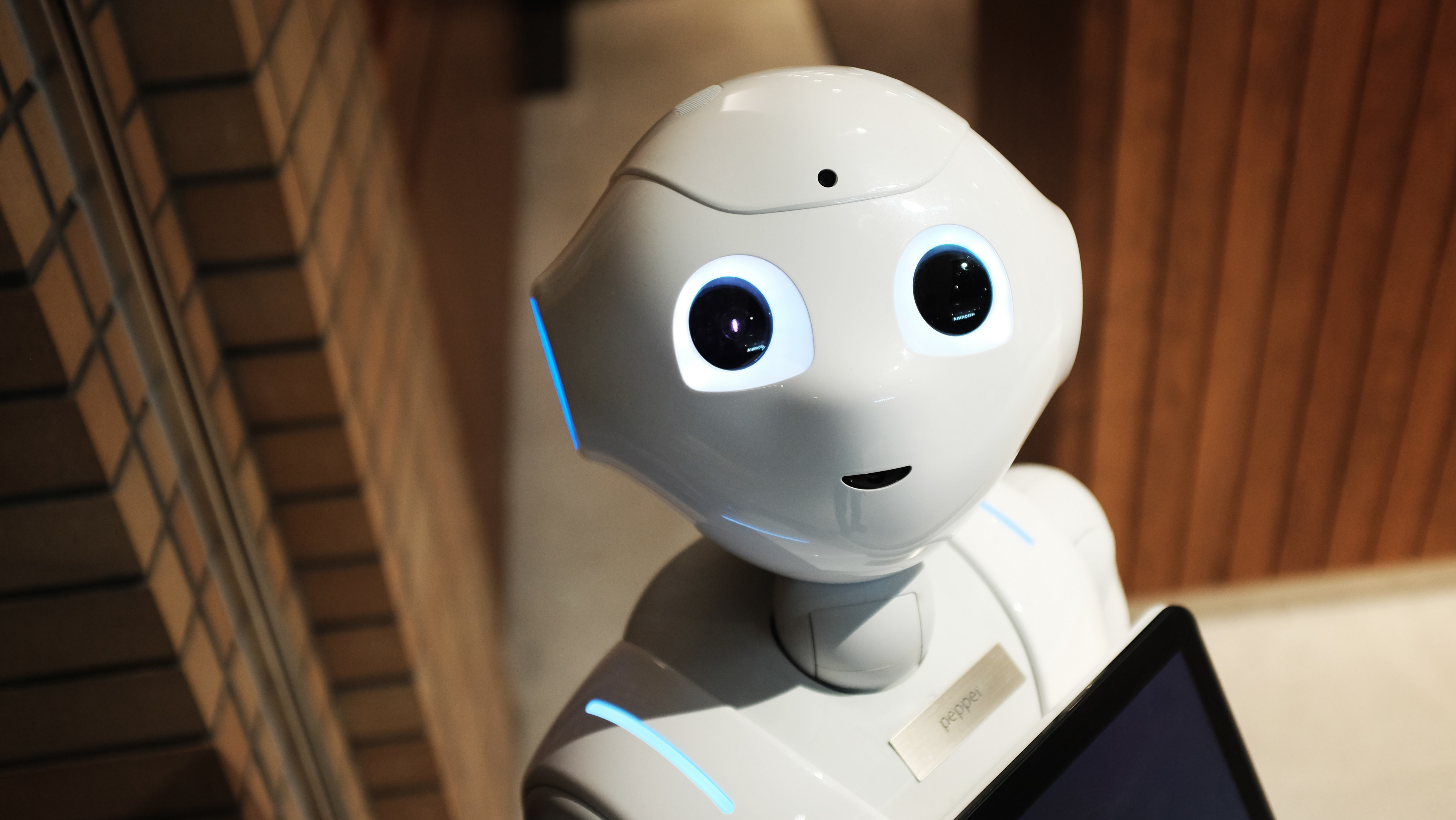FROM FOOD PORN TO FULL BOOKINGS
Why storytelling, virality, and visual design are now as essential as salt in today’s restaurant business.
Not long ago, a great restaurant needed only three things: a strong menu, a good location, and word of mouth. Today? That word of mouth comes with filters, trending audio, and a "link in bio." Whether you run a Michelin-starred kitchen or a corner café with three tables and a dream, one thing is clear — if your food doesn’t live on someone’s phone, it barely exists.
Welcome to the new front of gastronomy: the digital plate.
The Power of a 15-Second Bite
TikTok and Instagram have done to restaurants what streaming did to music. They’ve flattened the industry. Suddenly, a hole-in-the-wall dumpling shop in Lisbon can go viral in Seoul. A slow-motion cheese pull, a neon-lit pasta twirl, or a grandma hand-folding ravioli has more reach than most PR agencies could ever dream of.
What used to be about culinary precision is now also about how it plays in motion. Food that stretches, bubbles, cracks, steams, or oozes — these are today’s main characters. And if you’re not designing at least one dish with the camera in mind, you're leaving visibility (and bookings) on the table.
Virality over Vanity
Social media didn’t just amplify restaurants. It rewired them.
In the past, plating was about elegance, structure, balance. Now, it’s about the moment. The pour. The sizzle. The first bite. Some call it a gimmick — but smart restaurants know better: it’s a form of storytelling.
Think about dishes like carbonara wheels carved tableside, neon sushi that glows under UV light, or espresso martinis lit on fire. Are they traditional? Not always. Do they work online? Every time.
And here’s the thing — virality doesn’t care about Michelin. It cares about attention. A well-shot behind-the-scenes of your chef prepping staff meal might get more engagement than your signature dish. It’s not about perfection. It’s about proximity. Show them what they can't taste.
Your Dining Room is Now a Set
Lighting matters. Angles matter. Color palettes matter. If you still use warm overhead halogens, you're sabotaging every customer's phone camera. The best-performing restaurants on social media aren’t just culinary spaces — they’re stage sets.
Menus now include “Instagram dishes,” interior designers now consult with content creators, and reservations spike not after critic reviews, but after a reel hits a million views.
Look at brands like Ober Mamma, Sketch London, or Café de Flore. Their design is built for the feed. Plates pop, walls talk, and corners beg to be photographed. And guess what? Guests don't just come hungry — they come with a moodboard.
If your dish doesn’t live on someone’s phone, it barely exists...
The Rise of the “Narrative Chef”
Beyond aesthetics, social media has birthed a new type of culinary hero — the narrative chef. These aren't just cooks. They’re creators. They share the why, not just the what.
Whether it’s a pastry chef explaining the science behind croissants or a taquería owner showing how his grandmother taught him to make mole — stories humanize the experience. And in a saturated market, people buy stories, not menus.
If your restaurant has a unique origin, a family recipe, or even a dramatic failure that shaped you — tell it. Film it. Caption it. Every dish has a backstory. Use it.
Trend or Trap?
Of course, not everything that trends is worth chasing. Some concepts go viral and crash just as fast — rainbow bagels, charcoal lattes, gold-covered everything. Chasing every wave dilutes your brand.
But smart restaurateurs don’t reject trends — they reinterpret them. They understand format, not fashion. If people love ASMR cooking videos, give them the sound of your sourdough crust crackling. If “day in the life” videos trend, show your morning prep. Stay rooted in your brand, but adapt the packaging.
Content as Currency
Let’s be real — you don’t need to become an influencer. But you do need to own your content. No one will tell your story better than you. Hire a photographer. Shoot a reel a week. Build a bank of content.
User-generated content helps — but controlled, high-quality visual storytelling is still gold. Especially if you’re planning to expand, get press, or — yes — be featured in The Grand Selection Recognition. Storytelling isn’t a bonus anymore. It’s survival.
Final Bite
Social media hasn’t killed gastronomy — it’s exposed it. Pulled back the curtain. And like any revolution, it rewards those who move first.
So the question isn’t should your restaurant be on TikTok or Instagram. It’s this: when your future guest scrolls past your restaurant — what are they seeing? A dish? A story? A reason to care?
If you don’t tell it, someone else will. But they probably won’t get the lighting right.
SO YES: A SINGLE VIRAL VIDEO CAN MAKE A RESTAURANT FULLY BOOKED FOR MONTHS. WHAT ELSE IS CHANGING IN THE WORLD OF FOOD? FOLLOW US ON INSTAGRAM FOR MORE STORIES, TRENDS, AND INDUSTRY SECRETS YOU WON’T HEAR FROM YOUR FOOD CRITIC FRIEND.






